This article was medically reviewed by Luba Lee, FNP-BC, MS. Luba Lee, FNP-BC is a Board-Certified Family Nurse Practitioner (FNP) and educator in Tennessee with over a decade of clinical experience. Luba has certifications in Pediatric Advanced Life Support (PALS), Emergency Medicine, Advanced Cardiac Life Support (ACLS), Team Building, and Critical Care Nursing. She received her Master of Science in Nursing (MSN) from the University of Tennessee in 2006.
There are 15 references cited in this article, which can be found at the bottom of the page.
wikiHow marks an article as reader-approved once it receives enough positive feedback. In this case, 80% of readers who voted found the article helpful, earning it our reader-approved status.
This article has been viewed 2,701,389 times.
An armpit rash is an itchy and irritating nuisance that is often caused by a bacterial or fungal infection, or contact dermatitis. Armpit rashes are especially common in the summer, when your armpits are more likely to be warm and moist. Fortunately, there are many ways to heal your annoying armpit rash. Keep your mind off of the rash by relaxing and being gentle with yourself. A cleansing oatmeal bath or a cool compress can relieve some of the inflammation. With a little self-care, your rash will clear up in no time.
Steps
Taking Immediate Action
-
1Wash the affected area with soap and water. A lot of the time, armpit rashes are caused by bacterial or fungal infections. Cleaning your armpit with soap and water can help prevent the infection from spreading or getting worse.
-
2Apply a cool compress. Place an ice pack or a damp towel against the armpit rash. You could also place a handful of ice cubes in a plastic bag and hold it against the rash. This will reduce the swelling and inflammation of the skin.[1]
- This technique is especially useful for heat rashes and rashes caused by lichen planus, an inflammatory skin condition.
- Apply a cool compress to your armpit as often as you wish, but spend at least 10 to 15 minutes each day using it. Don’t use an ice pack on your skin for more than 20 minutes.
- This technique is useful for any type of rash.
Advertisement -
3Move to a cooler area. Hot, sticky, humid climates can trigger a heat rash that affects your armpits, but even a rash that isn't related to heat will benefit from a cooler climate. Turn on the air conditioning or a fan to cool down. You could also open a window or head out to a shopping center or other cooler area until the temperature declines in the evening.[2]
- The heat rash will manifest as either a series of small red bumps that produce a stinging sensation or as clear bumps filled with fluid.
-
4Stay hydrated and drink fluids to stay cool. If your body overheats, you might develop a heat rash on your armpits. Water and cool tea are the best options for staying hydrated. Avoid energy drinks, coffee, and other diuretics that could lead to dehydration.[3]
- No matter what caused your armpit rash, staying hydrated can help you recover.
-
5Apply a medicated anti-itch cream or ointment. Anti-itch creams containing soothing ingredients like aloe vera, vitamin E, and menthol will alleviate the itchiness and irritation that accompany your armpit rash, no matter its cause. While specific directions for use vary with the product you select, you can generally apply a thin layer of the cream over the affected area.[4]
- Avoid using creams or ointments containing petroleum or mineral oil, which can block your pores and make the rash worse.
- Always read directions for use before applying a cream or ointment.
-
6Do not scratch the rash. Scratching the rash could cause greater irritation to your already sensitive armpit. Scratching too much could even cause bacteria from your fingernails to get into blisters that might be present and cause an infection.
- If you need help controlling your scratching, take an over-the-counter antihistamine like Claritin or Allegra, which will reduce the itchiness of your armpit rash.
-
7Avoid engaging in intense physical activity. Exercising or exerting yourself during periods of extreme heat could lead to (or worsen) a heat rash in your underarm area. While regular exercise is important, if you develop a heat rash, it could be a sign that your exercise regimen is too intense.[5]
- Relaxing and avoiding physical activity is a wise choice regardless of the cause of your armpit rash. If your rash is heat-related, however, it is even more important to avoid physical activity.
-
8Talk to your doctor about alternative medications or supplements. If your armpit rash began when you started taking a new medication or supplement, the medication or supplement could be the cause. Talk to your doctor about your medication and ask if they are familiar with armpit rashes as a side effect. They’ll be able to help you identify alternatives to your medication, if necessary.
- Do not stop taking your medication or supplement without consulting your physician.
-
9Stop eating foods or using products that may cause allergies. Certain food and product allergies can lead to annoying itchiness, eczema, and skin rashes. If you notice that you regularly develop a rash on your underarm area or elsewhere after eating a certain type of food or using a certain product, stop eating that food or using that product.[6]
- The most common food allergies are milk, eggs, soy, shellfish, nuts, wheat, and fish.
- Soaps and detergents can cause irritation and armpit rashes.
- Rashes caused by allergies can be life-threatening. If you have other symptoms besides your rash (such as swelling of the face or throat or difficulty breathing), see your doctor immediately.
-
10Treat potential exposure to poisonous plants. If you developed a rash 12 to 72 hours after brushing up against a leafy plant, you could have come in contact with poison oak, poison ivy, or poison sumac. Rashes caused by such a plant will only respond to a medicated prescription. Contact your doctor for a diagnosis and prescription.[7]
-
11See a doctor if your armpit rash doesn’t heal or recurs regularly. If your armpit rash comes and goes, it could be the result of a medical condition like atopic dermatitis (or eczema). Only your doctor will be able to determine whether your armpit rash is a result of a medical condition and provide an appropriate ointment (or other treatment).[8]
- You should also see a doctor if your rash doesn’t clear up within a day or two after you begin treating it.
Trying Home Remedies
-
1Coat your underarm rash lightly in talcum powder or baby powder. Talcum powder and baby powder can absorb sweat and reduce the friction that causes and worsens armpit rashes. Using it daily, even if you don’t have an armpit rash, can prevent future rashes. Simply scoop a bit of the powder up with the tip of your finger and pat it gently onto your armpit.[9]
- Using powders can get messy and leave white streaks on your clothing, so use them with caution, and avoid wearing your finest tops when applying powder.
- If you’ve recently applied a medicated anti-itch cream, wait until the cream is absorbed into your skin before applying powder.
-
2Take a warm (but not hot) bath with colloidal oatmeal. Grind six cups of unflavored rolled oats into a fine powder using your food processor. Fill a bath with warm water and, as the water fills the tub, add 2 to 3 cups of this oatmeal powder. Soak in the bath for 10 to 15 minutes, being sure to submerge your armpit. Pat yourself dry with a towel when you’re finished with the bath.[10]
- Colloidal oatmeal refers to oats that have been finely milled and suspended in a liquid. It can soothe the skin and help heal your armpit rash.
-
3Try some relaxation techniques. Yoga or meditation might help you relax more and keep your mind off the irritation of the rash. Listening to calming music, talking to a friend, or going for a pleasant nature hike might help, too. Any of your hobbies or interests could help you refocus your attention and make you feel more comfortable.[11]
-
4Eat more vitamin C. Vitamin C nurtures and restores your skin. Oranges, tomatoes, and broccoli are great sources of vitamin C. Find ways to incorporate them into your diet by, for instance, drinking orange juice or eating a broccoli salad.
Preventing Future Rashes
-
1Wear loose-fitting clothing made of natural materials. Clothing that is made of synthetic fibers like polyester might irritate your armpit, causing a rash. Try wearing cotton or another natural fiber instead. Tops that hug the armpit too tightly can also be an issue, so only wear clothes that don’t chafe or rub against your armpit.[12]
- This is especially important if you live in a warm climate.
-
2Wash your clothes in a mild detergent and avoid using fabric softeners. Avoid any products that have dyes or fragrances, which can irritate the skin and worsen your armpit rash. Additionally, rinse your clothes twice to ensure they’re free of detergent residue.[13]
-
3Wash your armpits daily using a mild soap. Any warm, moist area of the body with poor air circulation is susceptible to bacterial growth.[14] Since the armpit is one such area, it is a leading candidate for rashes. To limit the growth of armpit bacteria, wash the underarm area daily with warm water and a fragrance-free soap. Alternatively, you could use no soap at all, and simply wash your armpits gently with a soft, wet washcloth.
- If you’re suffering from a heat rash, use cool water rather than warm, and allow the underarm area to air dry.[15]
-
4Switch to a different deodorant brand. Rashes under the armpit are often caused by underarm deodorant that contains irritating materials. A deodorant is likely to be the cause of your rash if you just started using a new brand, though even a deodorant that you’ve used for a long while might be at fault if the manufacturer changed the ingredients.
- If the rash does not clear up after you switch brands, stop using deodorant altogether.
-
5
References
- ↑ https://www.nhs.uk/conditions/heat-rash-prickly-heat/
- ↑ https://www.healthdirect.gov.au/heat-rash#treated
- ↑ https://www.nhs.uk/conditions/heat-rash-prickly-heat/
- ↑ https://www.nhs.uk/conditions/heat-rash-prickly-heat/
- ↑ https://www.seattlechildrens.org/conditions/a-z/heat-rash/
- ↑ https://acaai.org/allergies/allergic-conditions/skin-allergy/hives/
- ↑ https://www.aad.org/public/diseases/itchy-skin/poison-ivy-oak-and-sumac#treatment
- ↑ https://newsinhealth.nih.gov/2020/01/rash-decisions
- ↑ https://my.clevelandclinic.org/health/diseases/21693-intertrigo
- ↑ https://dermnetnz.org/topics/oatmeal
- ↑ https://www.healthdirect.gov.au/itchy-skin
- ↑ https://newsinhealth.nih.gov/2020/01/rash-decisions
- ↑ https://health.clevelandclinic.org/2014/12/is-laundry-detergent-causing-your-childs-skin-rash/
- ↑ http://kidshealth.org/en/parents/diaper-rash.html
- ↑ https://familydoctor.org/condition/heat-rash/
- ↑ https://www.aad.org/public/everyday-care/skin-care-basics/dry/dermatologists-tips-relieve-dry-skin
About This Article
To heal an armpit rash, start by washing the affected area with soap and water daily to prevent the infection from getting worse. Next, place an ice pack or a damp towel on the rash for 10-15 minutes to reduce the swelling. You can also apply a medicated anti-itch cream to alleviate the irritation. If you’d prefer to use a home remedy, try patting some talcum powder on the rash every day to absorb any sweat or taking a warm bath with colloidal oatmeal to soothe the skin. For more tips from our Medical reviewer, like how to prevent future rashes, keep reading!
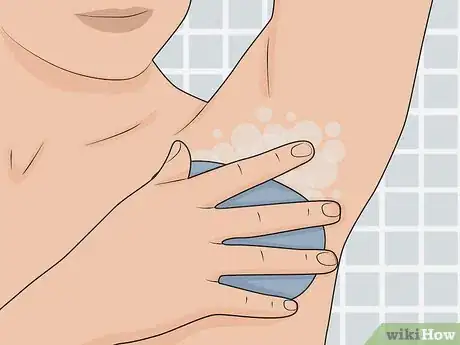
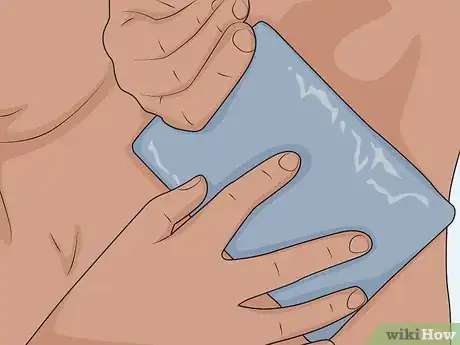
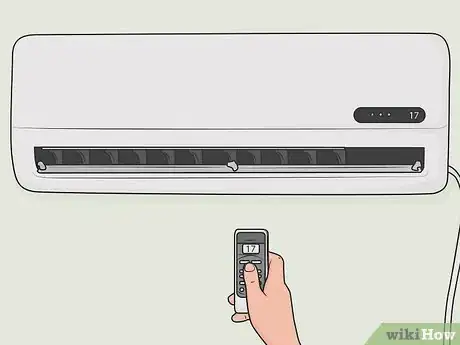

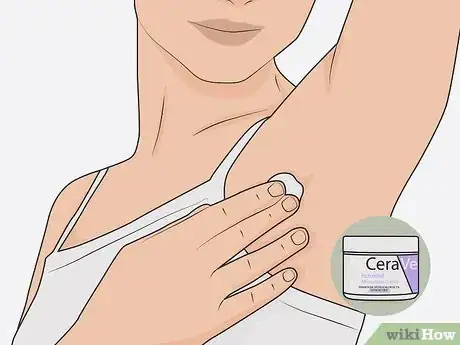
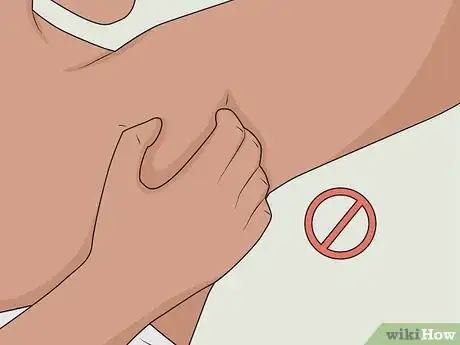





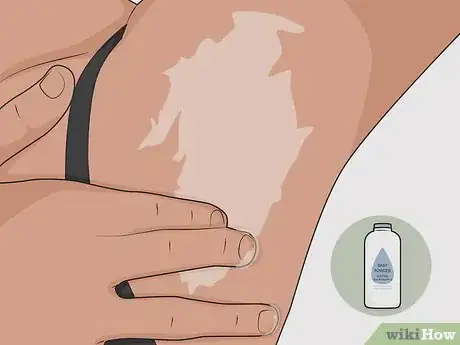
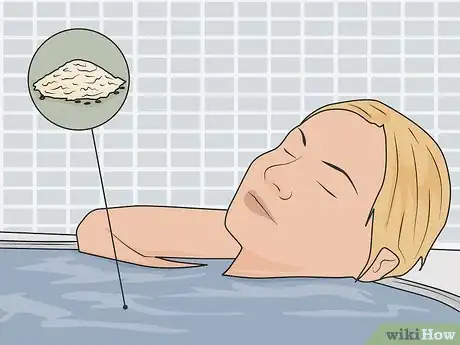



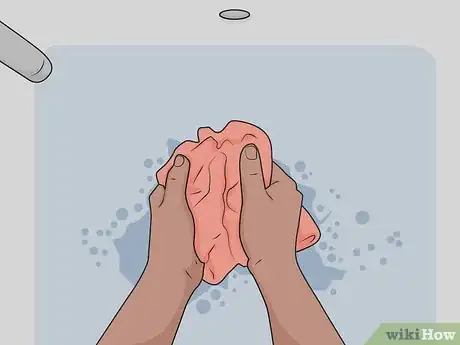



























































Medical Disclaimer
The content of this article is not intended to be a substitute for professional medical advice, examination, diagnosis, or treatment. You should always contact your doctor or other qualified healthcare professional before starting, changing, or stopping any kind of health treatment.
Read More...